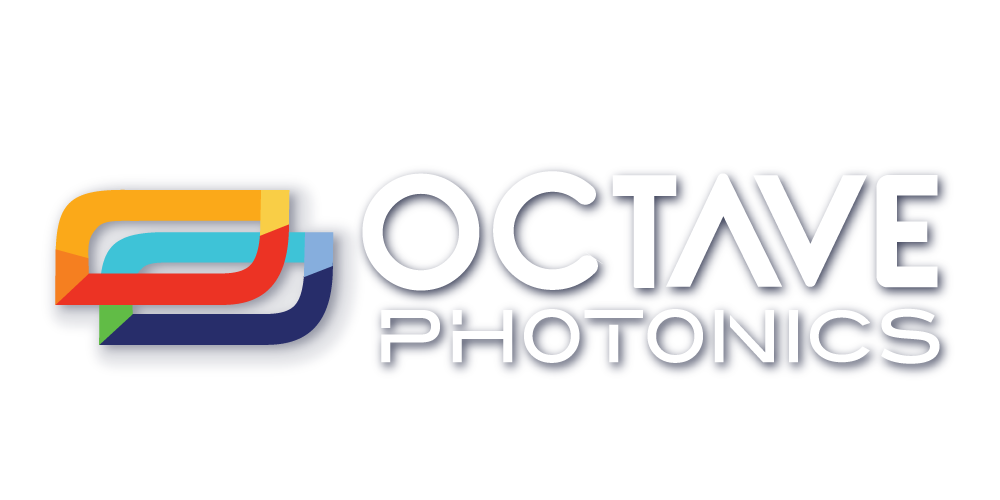The BARC: Bias-Adjustable Range Converter
The Octave Photonics Bias-Adjustable Range Converter (BARC) is a versatile electronic module for interfacing different laboratory instruments together. The BARC aims to address the problem that many instruments have incompatible input and output voltages (e.g. 0 to 5V, -10 to 10V, -1 to 1V, 0 to 2V, -5 to 5V, etc) by providing a simple way to safely convert between them. It uses an all-analog signal chain to provide high-bandwidth and low-noise voltage scaling, limiting, and offsetting of a signal delivered through the BNC input connector. A convenient multi-segment LED array provides visual feedback representing the current output voltage, including clipping indicators when the output voltage hits the user-selected limits.
The BARC has many different use cases, including:
Converting the -1 to 1 V bipolar output range of an FPGA to a unipolar 0 to 5 V span.
Summing a triangular ramp signal with an adjustable DC background voltage.
Maximizing dynamic range of a signal to fill the bits of an analog-to-digital converter
Key features:
Ability to set hard limits on the output range to protect downstream devices. These are set discretely with selector switches separately for the low and high limits.
Simple visual feedback of the current output voltage. The display limits adjust to span the range set by the switches. LED indicators show when signal clipping occurs, potentially freeing up valuable oscilloscope channels in some situations.
Continuously tunable gain and bias-offset knobs for precision adjustments.
Low noise and high bandwidth (>2 MHz @30 degrees roll off).
The BARC features large, friendly knobs for enjoyable voltage-range adjustment.

